- 'Unit One' - a book of 124 pages, edited by Herbert Read, published by Cassell & Company Ltd. in 1934.
Unit One was the title of a British group formed by Paul Nash in 1933 to promote modern art, architecture and design. At this point the two major currents in modern art were seen as being abstract art on the one hand and Surrealism on the other. Unit One embraced the full spectrum, Nash himself making both abstract and Surrealist work in the mid 1930s, and played a major part in organising the International Surrealist Exhibition in London in 1936. The launch of the group was announced in a letter from Nash to The Times newspaper, in which he wrote that Unit One was 'to stand for the expression of a truly contemporary spirit, for that thing which is recognised as peculiarly of today in painting, sculpture and architecture'. The first and only group exhibition was held in 1934 accompanied by the book Unit One, subtitled The Modern Movement in English Architecture, Painting and Sculpture. It consisted of statements by all the artists in the group, photographs of their work, and an introduction by the critic and poet Herbert Read, who was an important champion of modernism in Britain. The other artists involved were John Armstrong, John Bigge, Edward Burra, Barbara Hepworth, Henry Moore, Ben Nicholson, Edward Wadsworth and the architects Wells Coates and Colin Lucas. Herbert Read's book 'Unit One' used Jack's photographs (uncredited).
- 'Axis' a magazine devoted to abstract art edited by Myfanwy Evans which was published between January 1935 and winter 1937 included photographs by Jack. John Piper who wrote regularly on art, supported the project with great enthusiasm and ultimately married Myfanwy Evans.
- 'Circle' - a book of 290 pages, edited by Ben Nicholson, Naum Gabo and Leslie Martin with photography layout by Barbara Hepworth and Sadie Speight, published by Faber & Faber in 1937.
This publication 'highlighted the British contribution to the European Abstract movement and aimed at setting it within a wider European context'. Circle contained articles and photographs divided into sections dealing with 'Painting', 'Sculpture', Architecture' and 'Art and Life'. Articles were written by Naum Gabo, Piet Mondrian, Winifred Dacre (Winifred Nicholson), Herbert Read, Le Corbusier, Ben Nicholson, Barbara Hepworth, Henry Moore, J. D. Bernal, J. M. Richards, Maxwell Fry, Marcel Breuer, Richard J. Neutra, Alberto Sartoris, Leslie Martin, S. Giedion, Walter Gropius, Leonide Massine, László Moholy-Nagy, Jan Tschichold, Karel Honzig and Lewis Mumford. Two Arthur Jackson paintings from 1936 are illustrated.
Unit One, Axis and Circle all used Jack's photographs.
- 'Art Now' by Herbert Read, 1933 revised 1936, Faber & Faber
- 'Circle - Constructive Art in Britain 1934-40' exhibition catalogue 1982, Jeremy Lewison for Kettle's Yard Gallery, Cambridge
- Christie's sale catalogue 6 November 1992
- 'Barbara Hepworth: A Life Of Forms' by Sally Festing, 1995, Viking
- 'Ben Nicholson: The Vicious Circles of His Life and Art' by Sarah Jane Checkland, 2000, John Murray
- Obituary 'Arthur Jackson Hepworth', 'The Independent' 6 February 2003
- Obituary 'Arthur Jackson', 'The Times' 10 February 2003
- Sotheby's sale catalogue 13 July 2007
- Christie's sale catalogue 16 November 2007
- Obituary 'Arthur Jackson Hepworth', 'The Guardian' 23 February 2003
- Christie's sale catalogue 12 December 2008


- Obituary 'Mr Jack Hepworth of Glastonbury', 'The Central Somerset Gazette' 13 February 2003
Next page: His earliest paintings
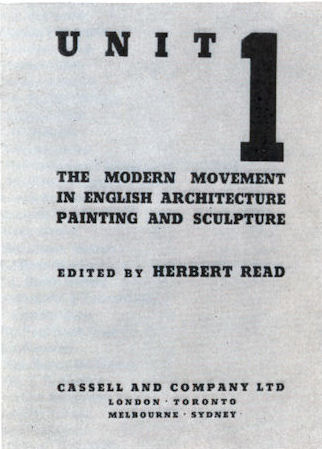
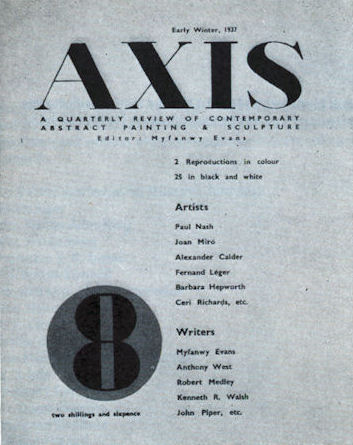
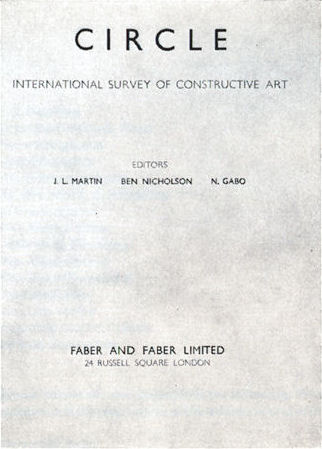
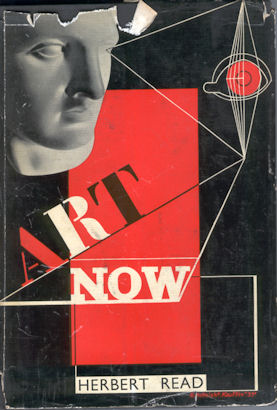
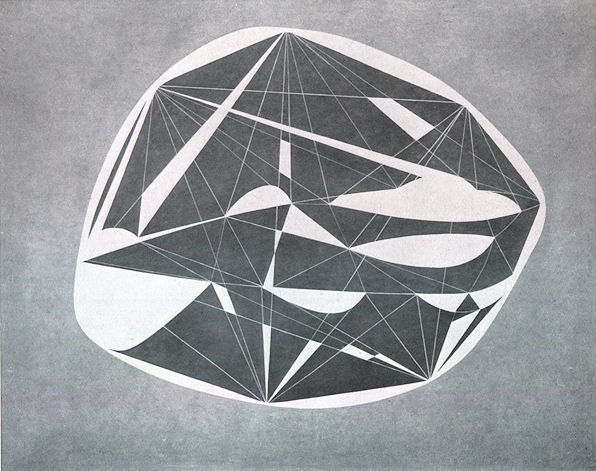
PAGE

- John Piper, Myfanwy Piper, Lives in Art by Frances Spalding (Oxford University Press, 2009) p.89
Spalding quotes John Piper writing to Ben Nicholson on 5 May 1936 regarding the Abstract & Concrete exhibition:
"There is nobody I'd rather be associated with than you (and Barbara and Jackson) in any continent - but with you and Barbara and Jackson as individuals - as artists - and not as part of a movement. I persist in thinking this very important. I believe that movements are only discovered afterwards. That forcing them at the time of their progress is to kill the artists in them. ... The Abstract - Conc[rete] show I regard as a purely commercial necessity in its present form. As in no way ideal. As a delightful show, because by far the best there has been in England in this century ... But for it to be ideal it would have to be arranged entirely by you or me or Barbara or any one individual with an ideal about such work."
"There is nobody I'd rather be associated with than you (and Barbara and Jackson) in any continent - but with you and Barbara and Jackson as individuals - as artists - and not as part of a movement. I persist in thinking this very important. I believe that movements are only discovered afterwards. That forcing them at the time of their progress is to kill the artists in them. ... The Abstract - Conc[rete] show I regard as a purely commercial necessity in its present form. As in no way ideal. As a delightful show, because by far the best there has been in England in this century ... But for it to be ideal it would have to be arranged entirely by you or me or Barbara or any one individual with an ideal about such work."